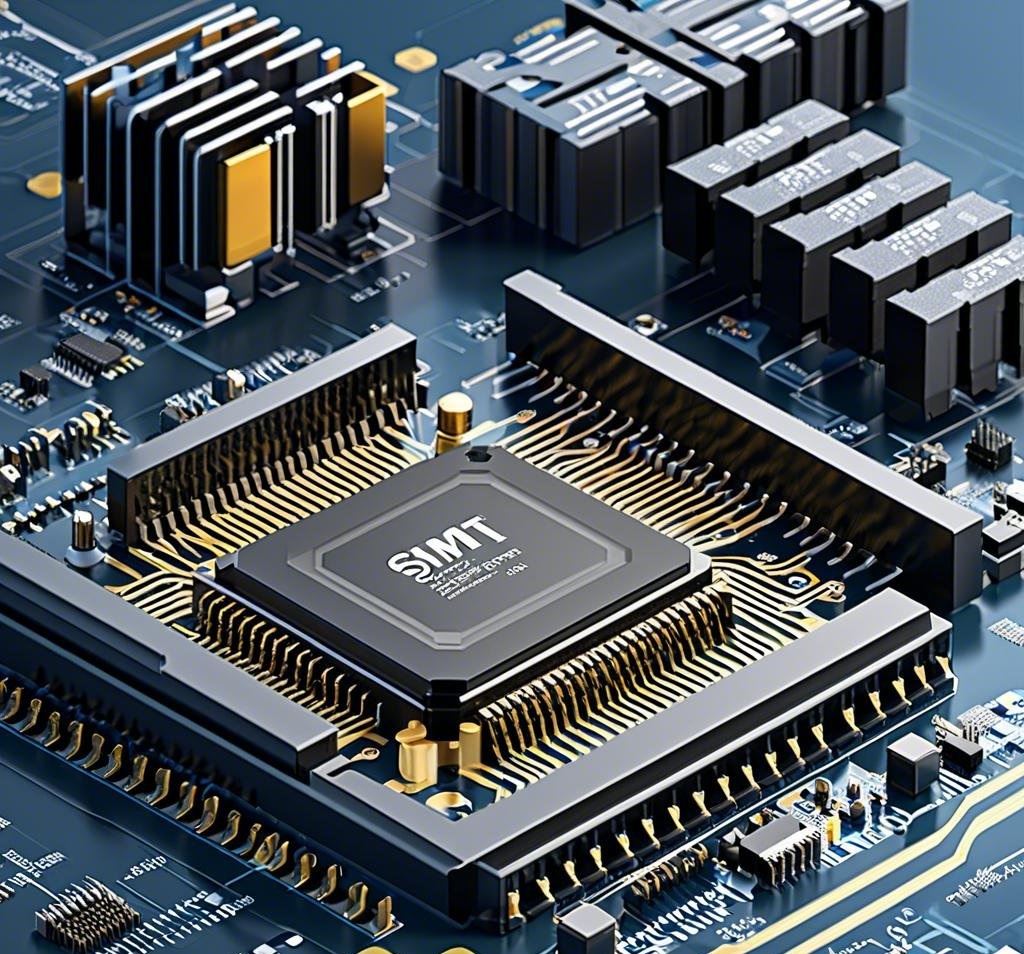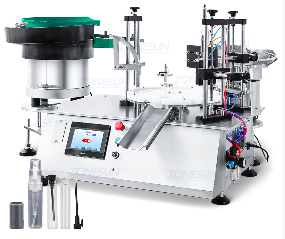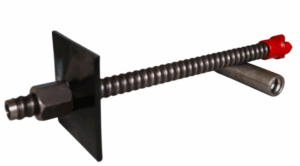Surface Mount Technology (SMT) has revolutionized the electronics manufacturing industry, offering precision, speed, and reliability in assembling electronic components. SMT machines, often referred to as SMTsolutions, are at the heart of this transformation, enabling manufacturers to produce high-quality electronic devices efficiently.
In this article, we will explore the significance of SMT machines in modern manufacturing, their key benefits, and how they contribute to the overall success of the production process.
Table of Contents
ToggleWhat Are SMTSolutions?
SMT machines are specialized equipment used in the assembly of electronic circuits by mounting components directly onto the surface of printed circuit boards (PCBs). This process is known as Surface Mount Technology (SMT). Unlike traditional through-hole technology, where components are inserted into drilled holes on the PCB, SMTsolutions allows components to be placed directly on the surface, enabling a more compact and efficient design.
The Role of SMTSolutions in Electronics Manufacturing
Solutions are integral to the electronics manufacturing process, offering several advantages that make them indispensable in the industry. These machines ensure high precision and accuracy in placing components, which is crucial for the functionality of modern electronic devices. SMT machines can handle a wide range of component sizes, from tiny resistors and capacitors to larger integrated circuits, making them versatile and adaptable to various manufacturing needs.

Benefits of Implementing SMTSolutions
- Increased Efficiency and Speed: SMT machines are designed to work at high speeds, significantly reducing the time required to assemble electronic components. This efficiency translates into faster production times and the ability to meet tight deadlines.
- Enhanced Precision and Accuracy: SMTsolutionsare equipped with advanced technology that ensures components are placed with extreme precision. This accuracy minimizes errors and reduces the need for rework, leading to cost savings and higher product quality.
- Space-Saving Designs: The use of SMT allows for more compact circuit designs, as components are mounted directly onto the PCB surface. This space-saving capability is particularly important in the production of smaller and more sophisticated electronic devices, such as smartphones and wearables.
- Cost-Effectiveness: By streamlining the assembly process, SMT machines help reduce labor costs and material waste. Additionally, the higher accuracy and efficiency of SMTsolutionsresult in fewer defective products, further lowering overall production costs.
- Flexibility and Versatility: SMT machines can handle a wide variety of components and board designs, making them suitable for a diverse range of electronic products.
Key Considerations When Choosing SMTSolutions
- Machine Speed and Throughput: Depending on your production volume, you’ll need to choose an SMT machine that can handle the required speed and throughput. High-speed SMTsolutionsare ideal for large-scale production, while smaller operations may benefit from more compact and versatile machines.
- Component Compatibility: Ensure that the SMT machine you choose is compatible with the components you intend to use.
- Software and Automation: Modern SMT machines often come with advanced software and automation features that streamline the assembly process. Look for SMT machines that offer user-friendly software, easy programming, and integration with other manufacturing systems.
Conclusion
In conclusion, SMT solutions are essential for the efficient and precise assembly of electronic components in today’s fast-paced manufacturing environment. These machines offer numerous benefits, including increased speed, accuracy, cost-effectiveness, and flexibility, making them a crucial investment for any electronics manufacturer.
As technology advances, the importance of these machines will only continue to grow, driving innovation and enabling the production of the next generation of electronic devices.
0




